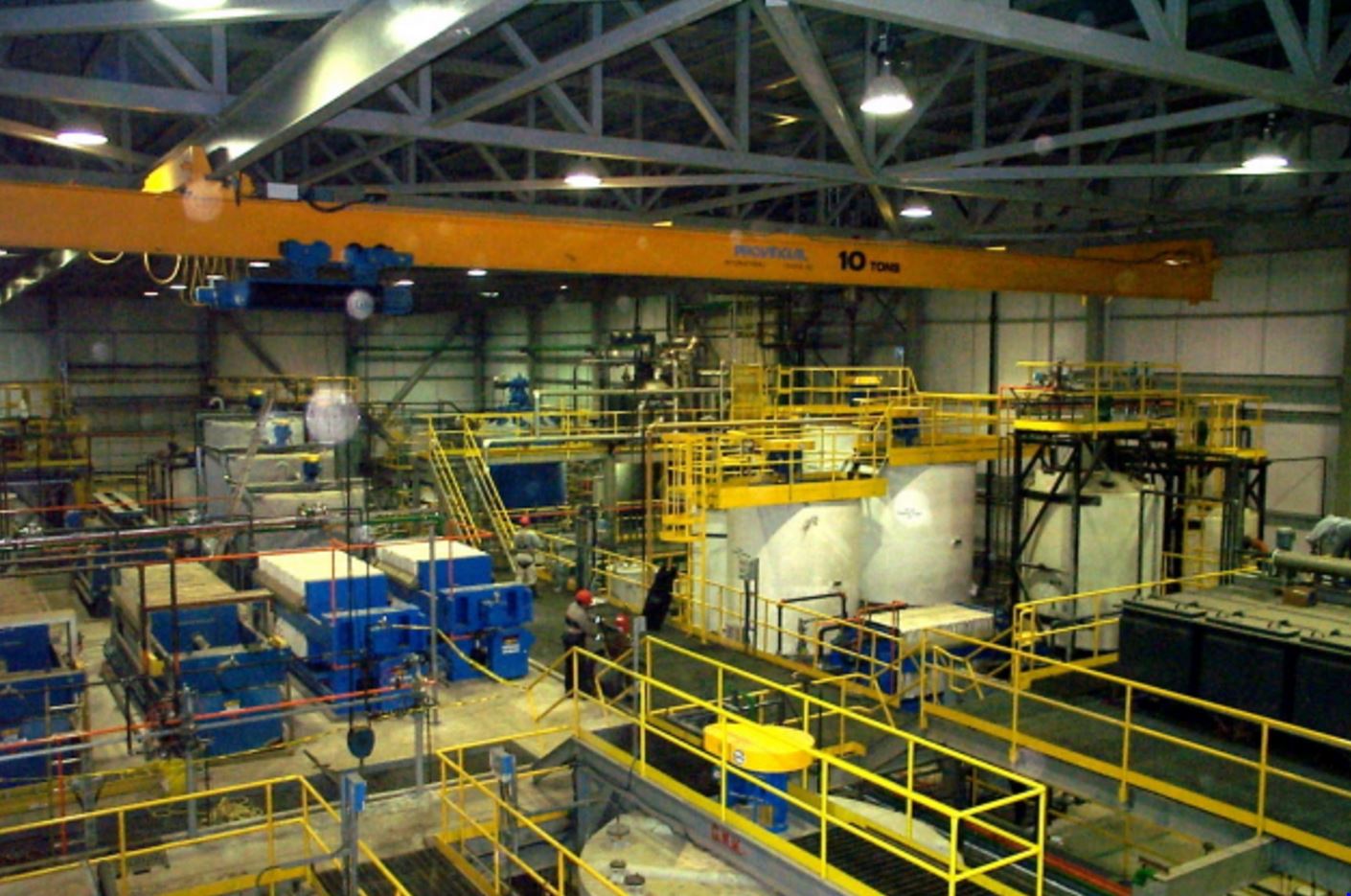
I will be receiving units from Samsung and Asus for review and will share my findings soon. Suffice it to say for now that both companies have listened to user input and responded accordingly. You can look forward to many improvements and innovations in this evolving platform.
ONickel Metal Hydride (NiMh) - Popular battery about 1-2 years ago. They are lighter than Nickel Cadmium batteries, but heavier than lithium mines ontario. These should be cycled once in a while for optimum performance.
NEVER puncture the cell, ever! If a cell balloons cobalt mining canada rapidly place it in a fire safe place immediately. If this happens and smoke and heat is coming from the LiPo get it clear of all other items and be prepared for flame to come out! If after many hours have passed (days) and the pack is still ballooned but have not combusted, discharge the pack slowly and dispose of it in a proper way.
Specifically however, 18650 lithium-ion batteries are larger both in length and width than standard cells. The numbers, 18650, refer to length and overall circumference. Like most rechargeable cells, their power is rated in milliamp ere-hours (mAh). These mAh designations are often numbered such as 2200, 2400, 2600, 2900, and 3100, which all relate to amount of energy. The higher the number, the more power the battery possesses.
A: Most cell phone batteries on the market will last between 300 and 500 charge cycles. For most people, this means an average cellular battery will last about 1 to 2 years. NiMH batteries tend to lose their ability to hold a charge gradually, while lithium mines ontario-ion batteries perform well until the end when you will notice a dramatic drop in performance.
In terms of charging these powerful cells, when specifically used in an LED flashlight, special chargers are available all over the internet. Most will handle a 18650 battery as well as a variety of other Li-ion sizes.
You cannot go wrong with this type of plan. In the end, if the world is OK, you still have your gold and silver, you just may have missed out on the next dot com bubble.